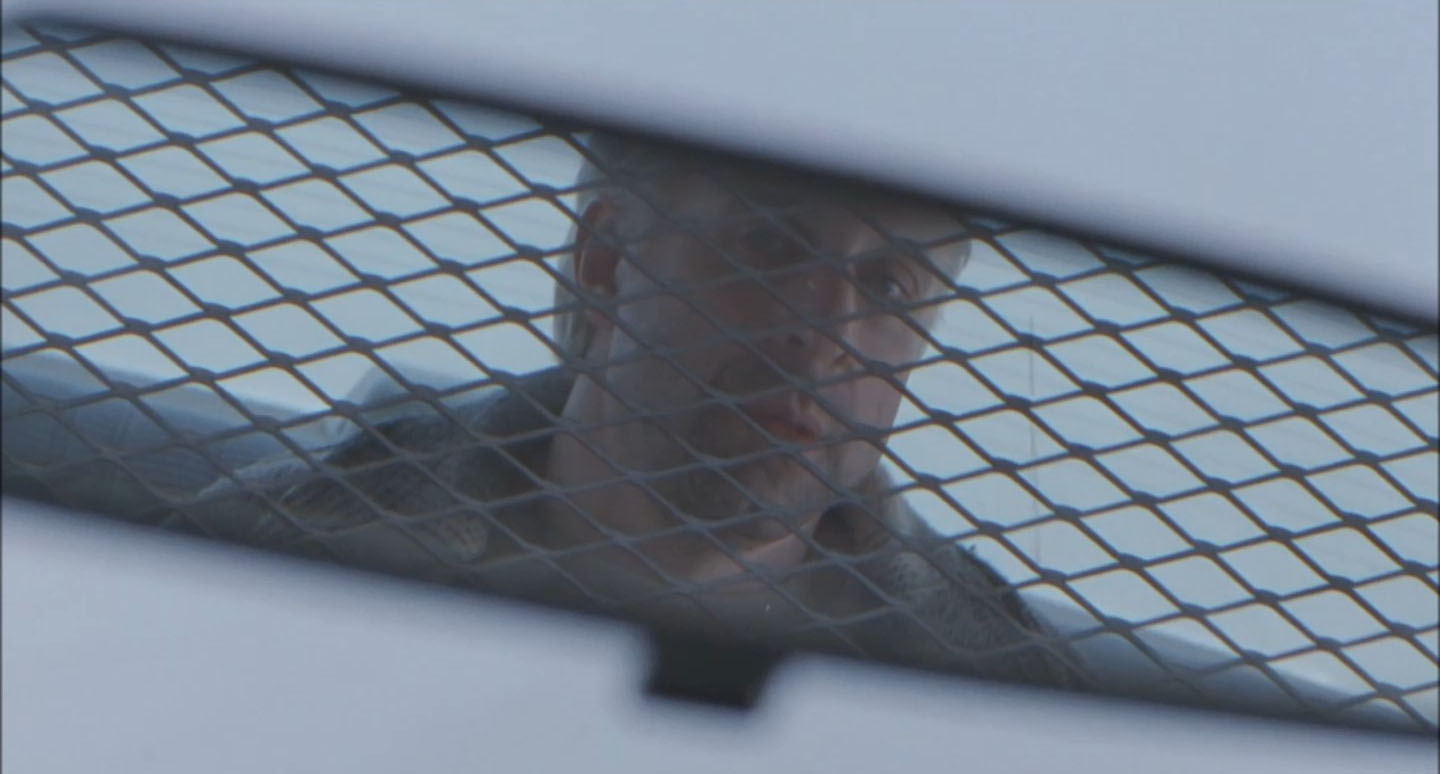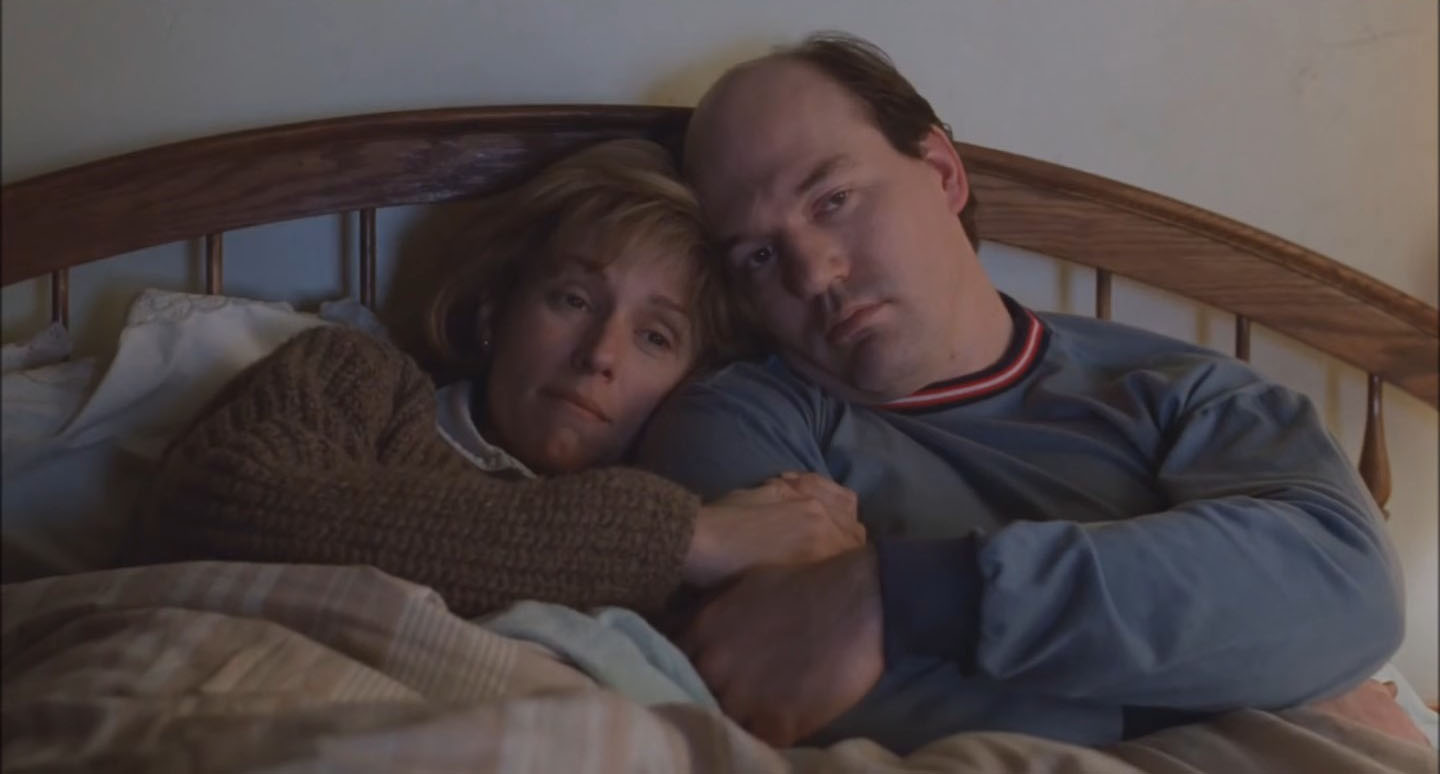Fargo hit the cinemas in 1996 and little did the Coen brothers know back then when they released it that 18 years later it would kickstart the inspiration for a TV show which has just released its fifth season.
While the TV show has been criticized over the years, the movie itself is one that’s highly regarded and rated by critics and viewers. With the most recent season of the TV show coming to an end, I thought it would be great to revisit the classic and give a breakdown of the dysfunctional story that takes us on a real journey in such a short run time.
I want to discuss the ending of Coen Brother’s brilliant 1996 film ‘Fargo.’ The ending of this movie it perfectly ties together the morals and plot in a few different and laudable ways. As always there are major spoilers ahead but I always want to give you guys a fair warning, so you have been warned.
Fargo Movie Ending Explained
For me, the true conclusion to the film begins after Margie confronts Gaear Grimsrud at the cabin on the lake and discovers the “remains” of his associate Carl Showalter and the body of Jean Lundegaard.
As Margie is driving Gaear away in her prowler, we see his dejected face reflected in the rearview mirror already “behind bars.” He isn’t in jail yet – and hasn’t even gone to trial – but his freedom is long gone and Gaear knows it; there is nothing he can do to fix both his and Carl’s mistakes at this point.

We next see Margie looking back at Gaear and her face suggests both sadness and confusion along with what even seems to be a bit of pity for the man. After she correctly deduces the identity of the dead body along with the remains of his associate in the wood chipper, she says, “For what? A little bit of money.”
Full Circle For Gaear
Immediately after she says this, something catches the eye of Gaear from outside the window. The camera cuts to the prowler passing the now very recognizable statue of Paul Bunyon.
Earlier in the film, Gaear and Carl drive past this exact same statue right before they get pulled over for the expired tags. As a result of Carl’s negligence and attempt to “smooth talk” and bribe the police officer, the first 3 murders occur. That night was the beginning of the end for our antagonists and Gaear has literally come full circle. At the same time, it also served as a nice little foreshadowing device for Carl’s ultimate demise.
Gaear turns his head back and based on his facial expression it’s now crystal clear precisely where his freedom literally and metaphorically started to crumble. Even though it’s far too late now, Gaear should have seen his undoing the minute they passed that omen of a statue earlier in the film.
We cut back to Margie finishing her statement about “a little bit of money” with, “Don’t ya know that?” and reinforce it all with her final remark “And it’s a beautiful day. Well, I just don’t understand it.”
Now, I would hardly qualify a freezing cold environment with no sunshine as “beautiful,” but the purpose of Margie’s speech is simple and to the point: freedom without the constant drive to obtain “a little bit of money” (whether legally or illegally) is truly beautiful, regardless of the weather outside.

Freedom can be given and taken away, and once it’s gone, the world becomes bleaker and bleaker with each passing moment. She cannot fathom why someone would throw everything away; simply for some ill-gotten monetary gains.
The Beginning And The Ending
We now hear sirens approaching from behind the prowler and Margie pulls over to let them by. We see two other police cars escorting the ambulance carrying Jean’s body away from the scene of the crime.
The way this shot is framed – along with the surrounding white environment and falling snow – is almost exactly the same as the opening scene of the film, with Jerry towing the Sierra toward Fargo and his initial meeting with Gaear and Carl.
This framing serves two very specific purposes: it shows the beginning of the kidnapping scheme and the literal results of it… two bookends. Just like the statue of Paul Bunyon, it’s yet another example of a very simple and understated framing shot by the Coen brothers and Roger Deakins.
It’s very easy to miss or even simply forget, because the Coen put so much detail into every aspect of their films without needing to scream these little nuances and touches into the faces of their audience.
Jerry Lundegaard Het Caught
After a short crossfades, we are now in Bismark, North Dakota at a roadside motel. We see two police officers knocking on a door and asking, “Mr. Anderson?” A voice inside replies, “Who?” In case we needed to be reminded one final time of how inept Jerry Lundegaard truly is, he already forgot the fake name he registered under.

After attempting to stall for a minute, the clerk opens the door only to see Jerry attempting to escape through the bathroom window. Once he realizes he is finally caught, he starts to whine and cry like a little child who didn’t get what he wanted for his birthday. He is thrown onto his disheveled motel bed and handcuffed by the police officers.
It’s important to note that Jerry is all alone, in a small motel room wearing only his undershirt and boxers, while on the run from the authorities with no family by his side. The sheets and blankets of the motel bed are a mess and chaos surrounds him.
This is important because there is a sudden hard cut to Norm Gunderson sitting peacefully in his bed at home, waiting for his wife Margie. The bed is neatly made, Margie has her pillows propped up and waiting for her, and the warm glow of the television is ready to guide them to sleep. It’s a stark contrast from Jerry’s last moments of freedom and the hard cut was no accident.
Norm, Margie, And The Message Of The Movie
After Margie comes to bed, Norm tells her that his mallard painting was chosen for the 3-cent stamp. He feigns a half a smile for a moment when Margie says, “Your mallard? That’s terrific!” but then responds, “It’s just a 3 cent. Haupman’s blue-winged teal got the 29 cent. People don’t much use the 3 cents.”
Margie retorts, “Oh for Pete’s, of course they do!” She pauses for a moment and continues “Whenever they raise the postage people need the little stamps.”
Now, Norm’s painting was mentioned only in passing earlier in the film when he brings lunch to Margie at the police station. If it was never mentioned again, it would have been a throwaway line used to simply move the dialogue along and possibly give Norm’s character a brief background. There is no such thing as a “throwaway line” in the Coen brother’s vocabulary and they chose to end the entire film with this minor plot resolution.

Not only does this humanize Margie and Norm’s characters that much more, it also shows what is truly important and one of the main themes throughout the entire film: to support and love your partner in life, no matter how small or insignificant their trials and tribulations might appear to be.
At the same time, Margie is 100% correct with her reassurance; she isn’t simply placating her husband for the sake of making him feel better. His 3-cent stamp – while small in a monetary sense – is significantly more valuable than the 29 cents in its both it’s long-term use and practicality.
The scene (and film) closes with Margie reinforcing how proud she is of Norm and telling him, “You know, we’re doing pretty good.” They exchange “I love yous” and Norm – while rubbing his wife’s very pregnant belly – says, “Two more months.” Margie responds with the same and as our characters are lying peacefully in bed, smiling in each others’ arms and looking forward to their future and family, the screen fades to black and the credit roll starts.
During this entire one-shot sequence – accompanied by Carter Burwell’s beautiful score fading in near the very end at just the right moment – the camera slowly zooms and focuses on Norm and Margie (along with their yet-to-be-born baby) to reinforce one final time the very serious and uplifting moral of this absurdly dark and uncomfortably funny film.




